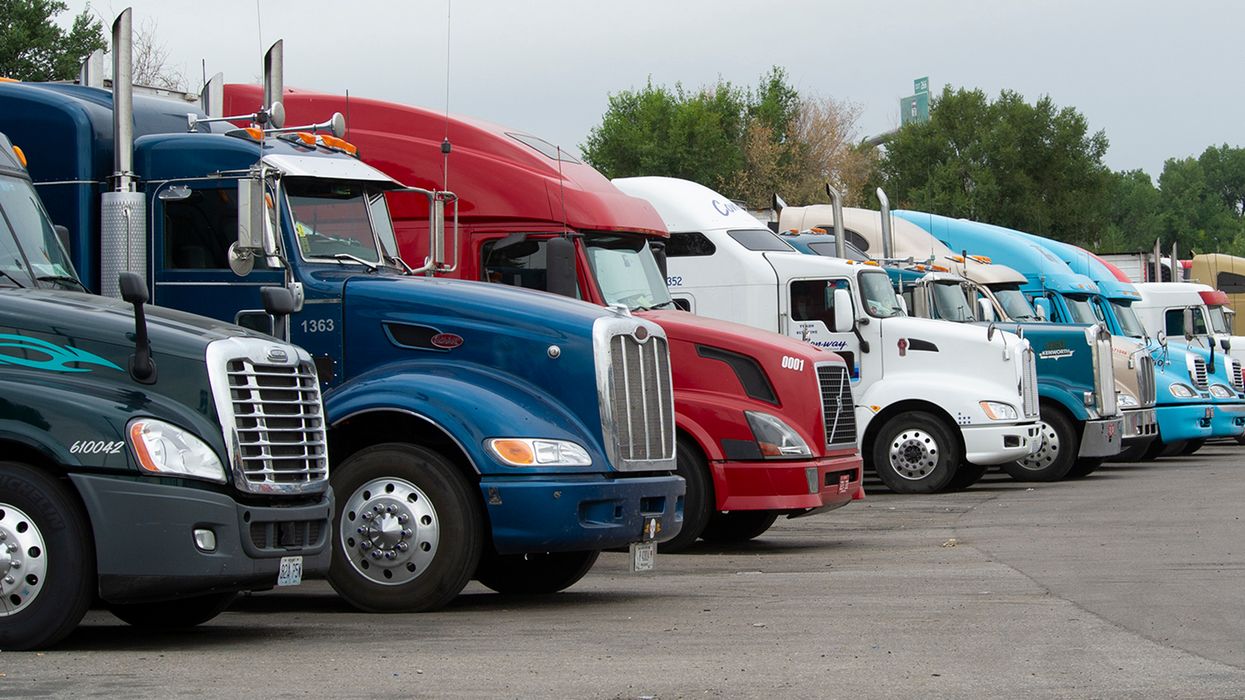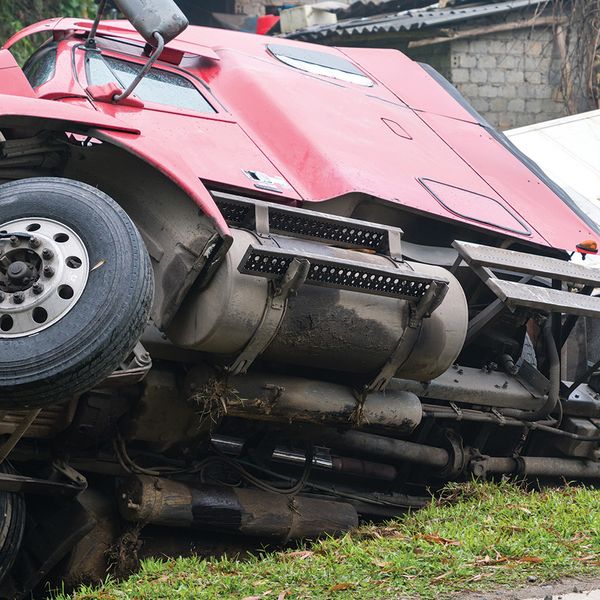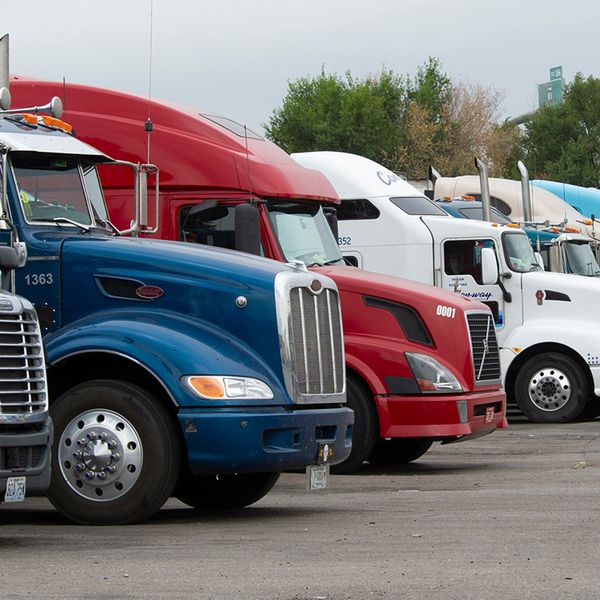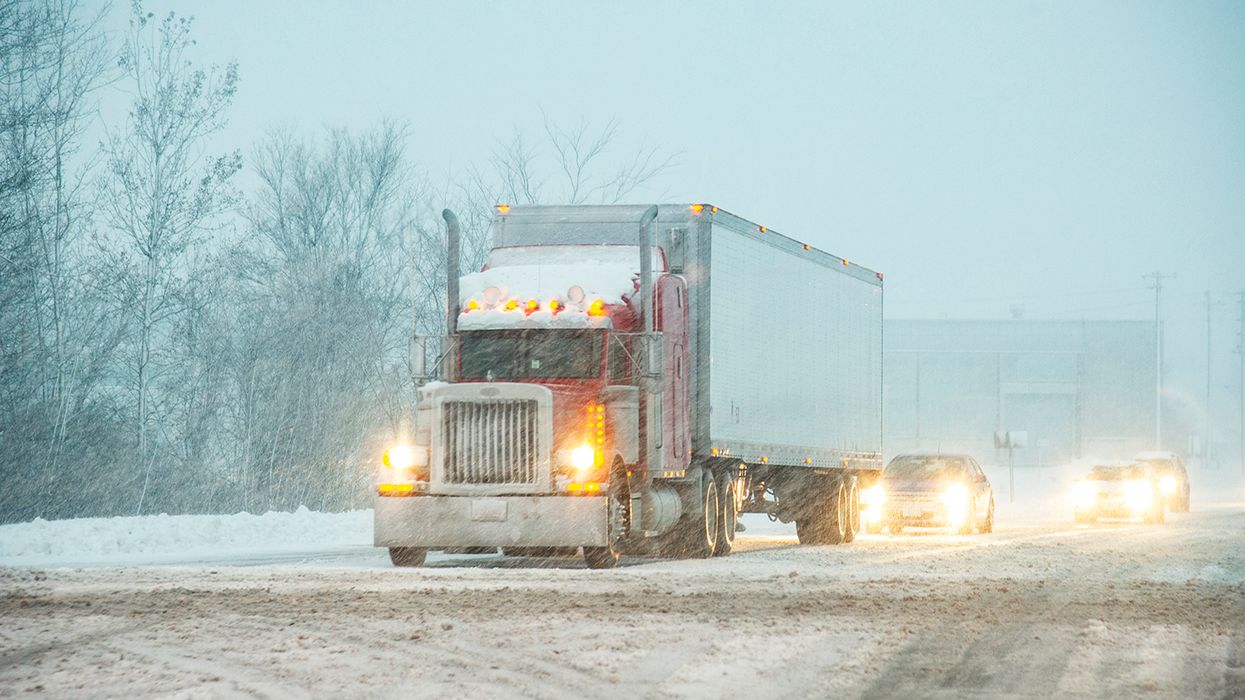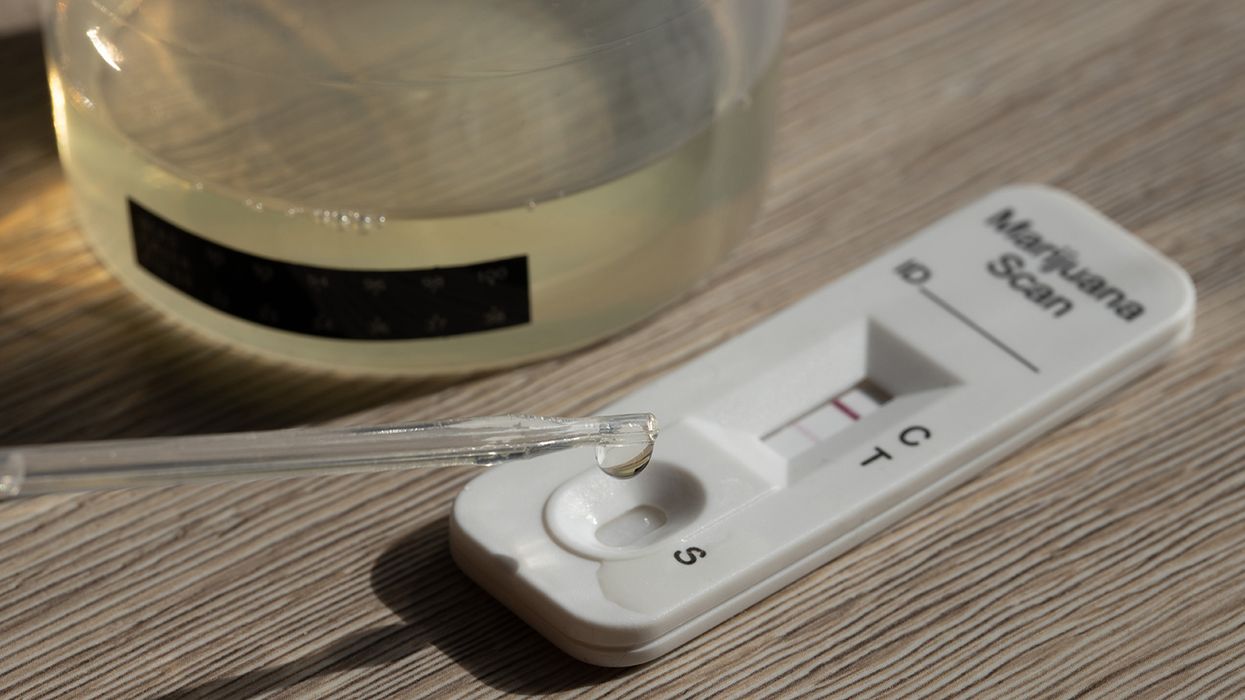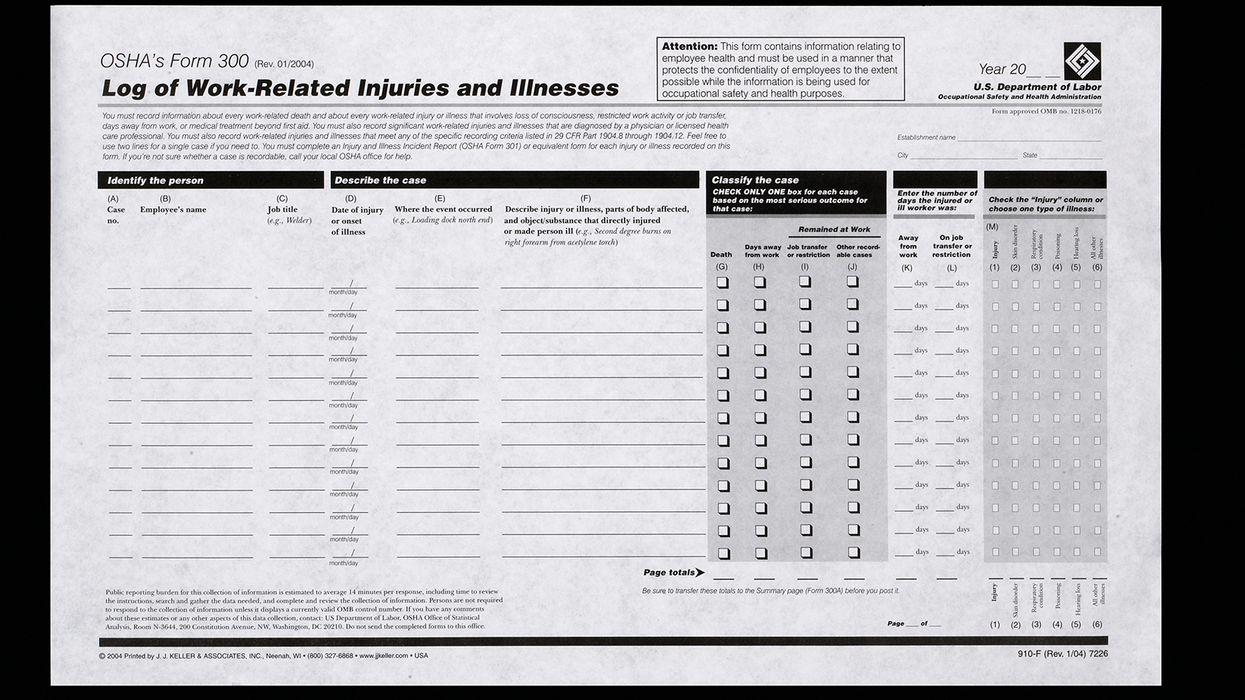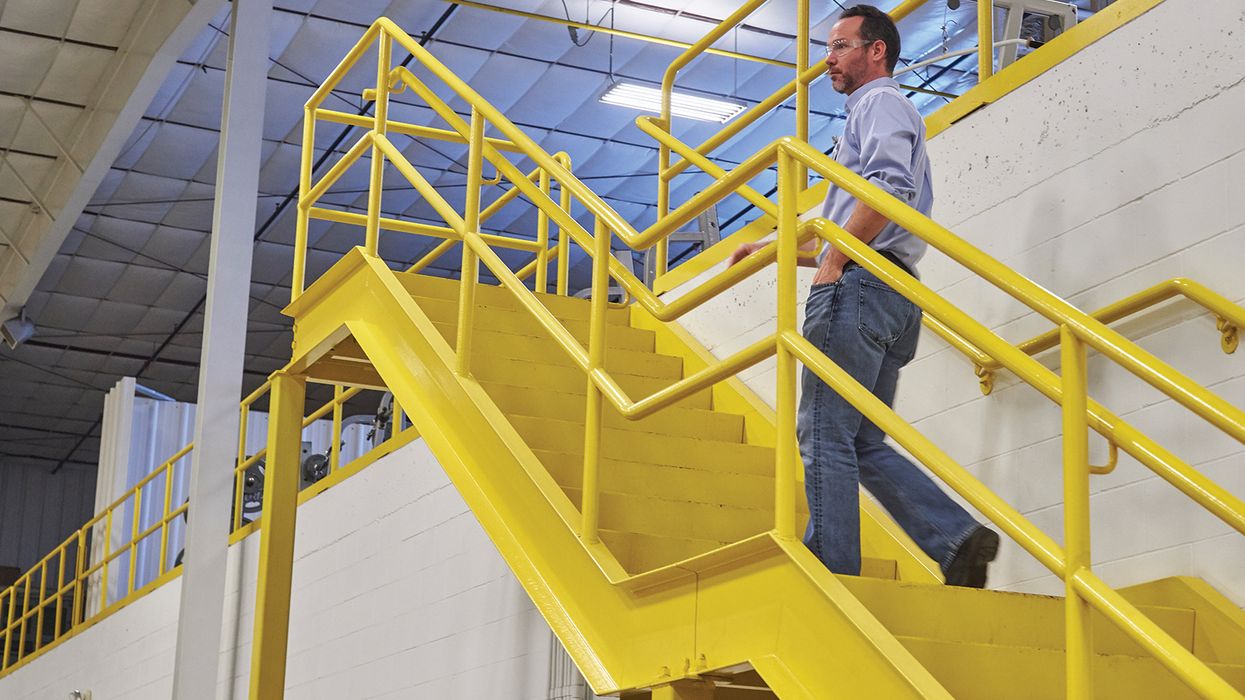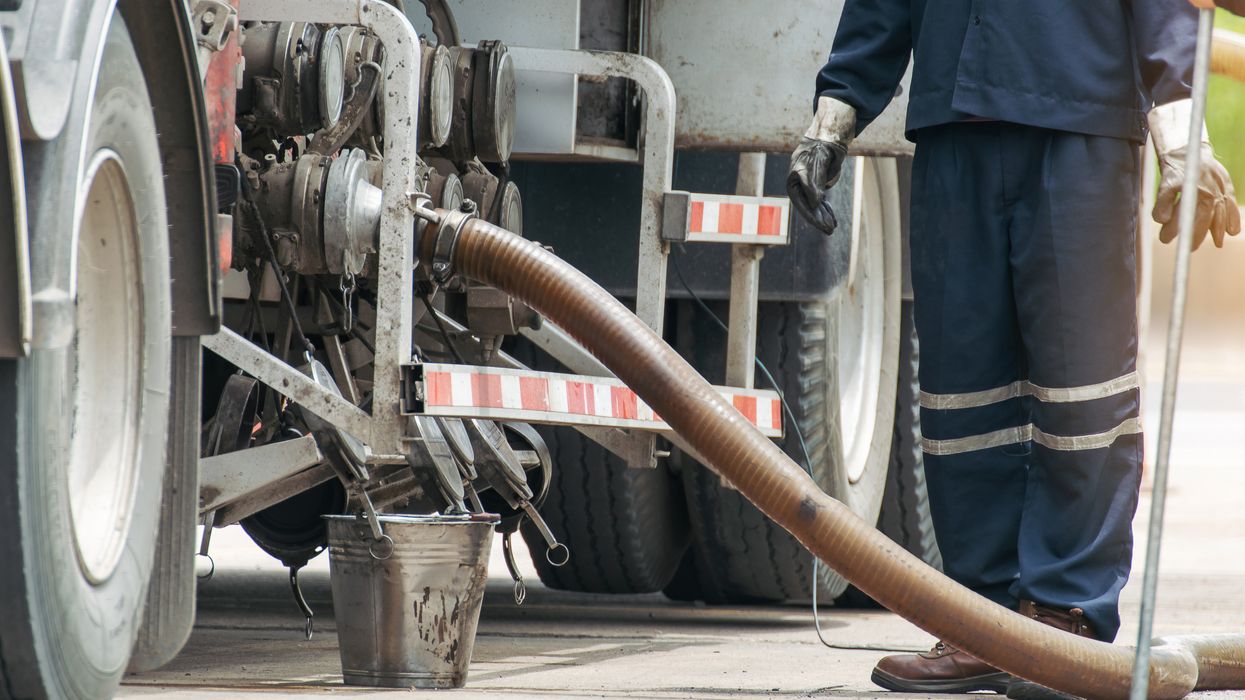Risk of negligence is not limited to drivers
Many motor carriers try to limit claims of negligence by focusing efforts on their commercial drivers. But dispatchers, technicians, and others equally share in motor carrier safety.
The actions of any position at a carrier that factor into a serious crash can be brought to light in a lawsuit. To help mitigate risk, motor carriers should carefully vet and continue to monitor anyone in a position to impact commercial motor vehicle safety and compliance.
Negligent hiring: You should have known
If someone is injured due to the actions of your employee, the injured party might claim negligent hiring. Negligent hiring is based on the premise that you knew — or should have known — that the person you hired was dangerous or untrustworthy.
To ensure you hire the best person for the job, look for the following red flags when reviewing applicants:
- Misinformation on the job application.
- A failed drug test, if applicable.
- Questionable finances.
To avoid negligent hiring, make sure you:
- Perform an investigation on anyone you plan to hire.
- Call previous employers to verify employment.
- Contact all references.
- Check credit.
- Perform (non-DOT) pre-employment drug tests, as permitted under state employment law.
- Validate applicants’ credentials (e.g., confirm degrees or certifications).
Does an existing employee pose a safety risk?
Just because you did a thorough background check prior to hire doesn’t mean you’re in the clear.
You can also be party to a negligent retention lawsuit no matter how long someone has worked for you. The basis of these suits is that the employer continued to employ someone they knew or should have known had the potential to be dangerous or unqualified for their job.
To protect yourself from these types of lawsuits:
- Pay attention to patterns of behavior.
- Conduct (non-DOT) random drug tests, as permitted by state employment law.
- Look into concerns about an employee’s behavior.
- Notice changes in behavior.
- Take appropriate and escalating disciplinary actions.
Technicians who are underperforming
While it may be more difficult to pinpoint problematic technician behavior, there are some things you can look for.
Carriers should track an individual technician’s maintenance and repair come-backs. Higher-than-average come-backs should pique your interest. Consider whether the come-backs are:
- Related to one particular type of work. Carriers should provide additional training.
- Varied in nature. The carrier may have to provide more extensive training or consider letting the technician go.
In addition, technicians are supposed to inspect and repair anything noted on a driver’s daily vehicle inspection report
While it may be more difficult to pinpoint problematic technician behavior, there are some things you can look for.
Carriers should track an individual technician’s maintenance and repair come-backs. Higher-than-average come-backs should pique your interest. Consider whether the come-backs are:
- Related to one particular type of work. Carriers should provide additional training.
- Varied in nature. The carrier may have to provide more extensive training or consider letting the technician go.
In addition, technicians are supposed to inspect and repair anything noted on a driver’s daily vehicle inspection report. If drivers are complaining that issues are not being resolved, you must investigate what is happening.
Remind technicians of their responsibility to take drivers’ complaints seriously and institute disciplinary actions for any technicians who continue to ignore this important safety practice.
Unsafe dispatch practices
Dispatchers can also affect driver safety. Motor carriers must:
- Make sure their dispatchers are not coercing or harassing drivers into violating hours-of-service (HOS) rules to make a delivery window.
- Take driver harassment complaints seriously and begin disciplinary action against any dispatcher who harasses drivers to violate HOS rules.
Key to remember: Negligent behavior can be attributed to anyone at the carrier who impacts motor carrier safety. So, only the person best fit for a position should be hired, and their performance must be monitored throughout employment to ensure safety standards are maintained.

